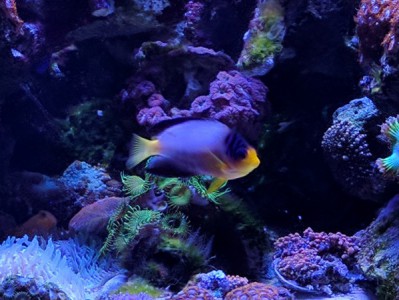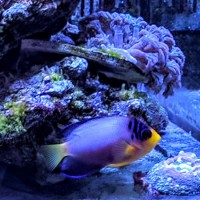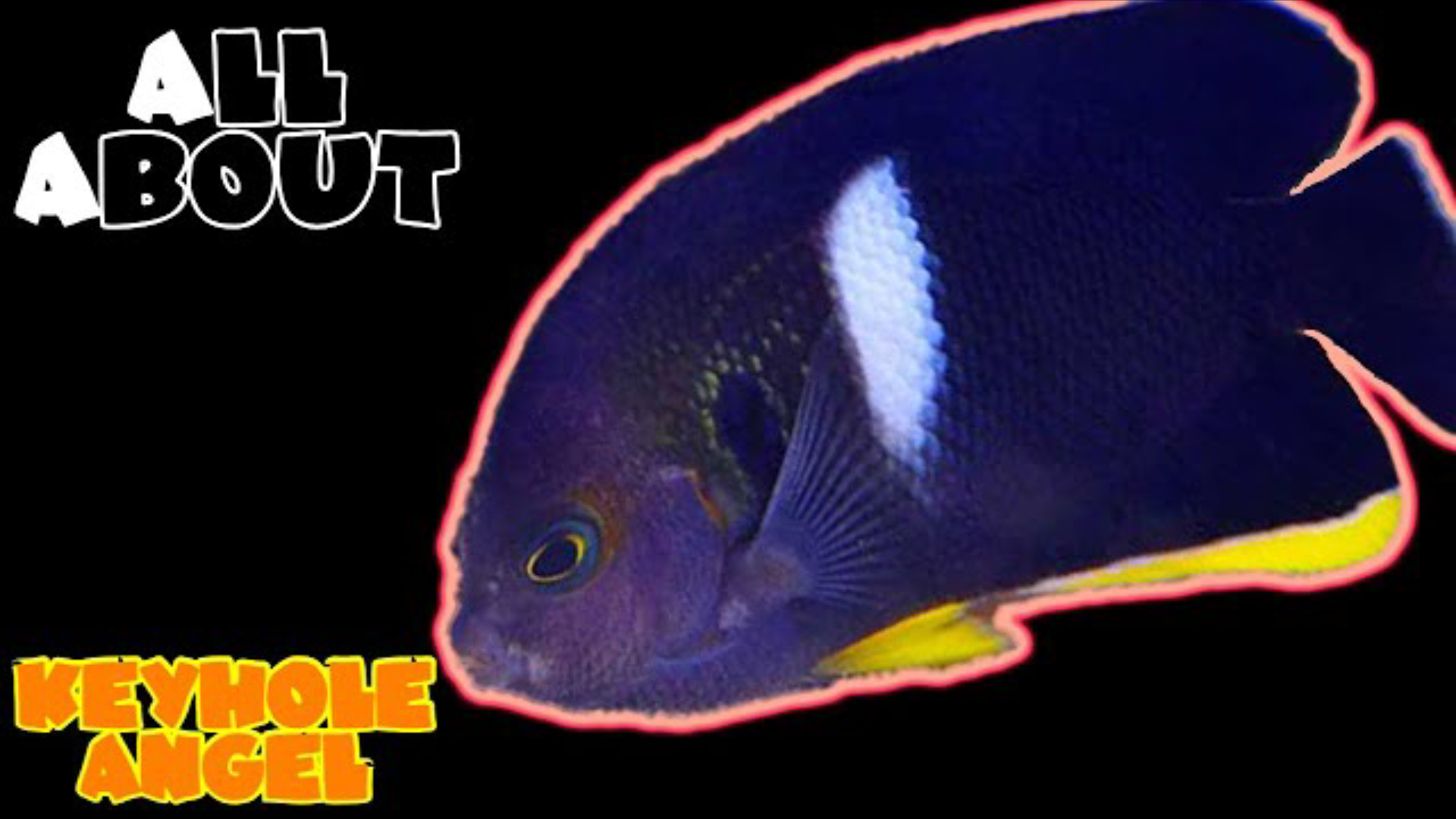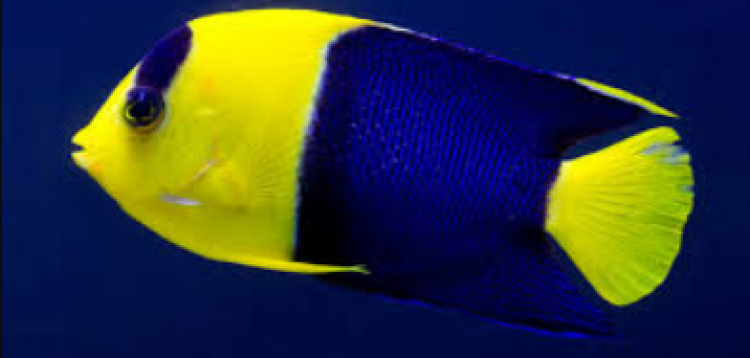- Name:
Multicolor Angelfish
(View AKA's) - Family: Pomacanthidae
- Species: Angel Dwarf
- Scientific Name: Centropyge multicolor



-
Difficult
Care Level
-
Aggressive
Temperament
-
Omnivore
Diet
-
0%
Reef Safe
- 77
Temp (Temperature)
- 8
pH (pH)
- 0
NH3-4 (Ammonia)
- NAN
NO3 (Nitrate)
- NAN
PO4 (Phosphate)
- 8
AT (Alkalinity)
- 445
Ca (Calcium)
- 1400
Mg (Magnesium)
- 25
SG (Salinity)
- NAN
ORP (Oxidation Reduction Potential)
- 0
Avg. Size (Inches)
- 139
Avg.Tank Size (Gallons)
- 7
Avg Life (Years)
General info about Multicolor Angelfish
The Multicolor Angelfish is pale peach-orange to yellow. Black speckles on a background of blue highlight an area just behind the eyes. The dorsal and anal fins are blue-blacks while the caudal fin is yellow. In bright contrast to its other colors, there is a horizontal swatch of silvery-white from mid-body to the caudal fin. The Multicolor Angelfish needs lots of hiding places and live rock for grazing on microalgae. It does best in subdued lighting, since in the wild, it is a deep-water swimmer. If the Multicolor Angelfish is to be housed with other dwarf angels. Not a good reef dweller, the Multicolor Angelfish is prone to nip at stony and soft corals (sessile invertebrates) and clam mantles. It is sensitive to copper-based medications.
Multicolor Angelfish Diet & Nutrition
Centropyge multicolor are known herbivores. In the wild, they are known to feed on plants such as benthic weeds and algae, as well as zoobenthos which include hard coral polyps, sponges, ascidians (sea squirts), and tunicates. They can readily feed in the aquaria with varied diets consisting of Spirulina, high-quality angelfish preparations, mysis or frozen shrimp, and other high-quality meaty items.
Determining Sex of Multicolor Angelfish
Multicolor angelfish are known to be protogynous hermaphrodite. This species starts out as female and reverses its sex when the need arises, usually the larger and more dominant individual changes to become male.
Breeding & Spawning Multicolor Angelfish
This species have been successfully bred and cultivated. Multicolor angelfish forms harems of 3-7 individuals. Courtship begins at dusk when male soars above the female, hovers with his fins extended, and tilts at a 45-90 degree angle from the bottom. When the female is ready to spawn, it follows the male and initiates spawning with a mutual soaring display. The gametes are then released into the water column for external fertilization. Eggs will hatch within a day and should be fed with microscopic algae after 2 to 3 days from hatching.
Common Diseases with Multicolor Angelfish
Multicolor angelfish can be susceptible to common reef scourges such as Crypt or White Spot Disease, Velvet Disease, and bacterial infection.
Tiny white spots on the skin of the fish is one of the tell-tale sign of infection of the Crypt while dusty golden film on the skin or the eyes of the angelfish will detect the presence of Velvet Disease. As a secondary infection from the parasitic and protozoan diseases, this species are known to be vulnerable to bacterial infection. One major bacteria of concern is the Vibrio bacteria. It usually starts as an infection that turns into Dropsy, Popeye, Bleeding or Red Streaks on the skin. It is a very fast acting bacteria that can kill the fish within two days.
Multicolor Angelfish Origin
This Centropyge species are found to be distributed in the Central Pacific specifically in the areas of Marshall Islands, Marianas, Palau, Society Islands, Fiji, Cook Islands and Hawaiian Islands.
Caution with Multicolor Angelfish
This species is sensitive to copper based medicine.
They do not do well smaller tanks due to their active nature and tendency to be aggressive toward similar sized and smaller non-aggressive fish. The best tank companions for these angelfish are dottybacks, damsels, tangs, larger angelfish and less aggressive triggerfish like the Niger Trigger. It's not advisable to keep them with fairy wrasses, anthias, butterflyfish, other angelfish, or any other peaceful fish as they will harass these tankmates constantly.
Multicolor angelfishes can survive in reef tanks, however caution should be practiced since they tend to nip on stony and soft corals.
Acclimating Multicolor Angelfish
Multicolor angelfishes are deep water species that will do best in low light aquariums. In order to acclimatize it, it is advantageous to dim the light first before gradually increasing it to normal. They also need an ample amount of live rocks and crevices as their hiding places for them to feel compatible.
Original Detail
| Name | Species | Family | Scientific Name | More Detail | Added by |
|---|---|---|---|---|---|
| Multicolor Angelfish | Angel Dwarf | Pomacanthidae | Centropyge multicolor | The Multicolor Angelfish is pale peach-orange to yellow. Black speckles on a background of blue highlight an area just behind the eyes. The dorsal and anal fins are blue-blacks while the caudal fin is yellow. In bright contrast to its other colors, there is a horizontal swatch of silvery-white from mid-body to the caudal fin. The Multicolor Angelfish needs lots of hiding places and live rock for grazing on microalgae. It does best in subdued lighting, since in the wild, it is a deep-water swimmer. If the Multicolor Angelfish is to be housed with other dwarf angels. Not a good reef dweller, the Multicolor Angelfish is prone to nip at stony and soft corals (sessile invertebrates) and clam mantles. It is sensitive to copper-based medications. |
Admin |
Changed by users
| Submitted Date | Submitted By | Status | Action |
|---|




